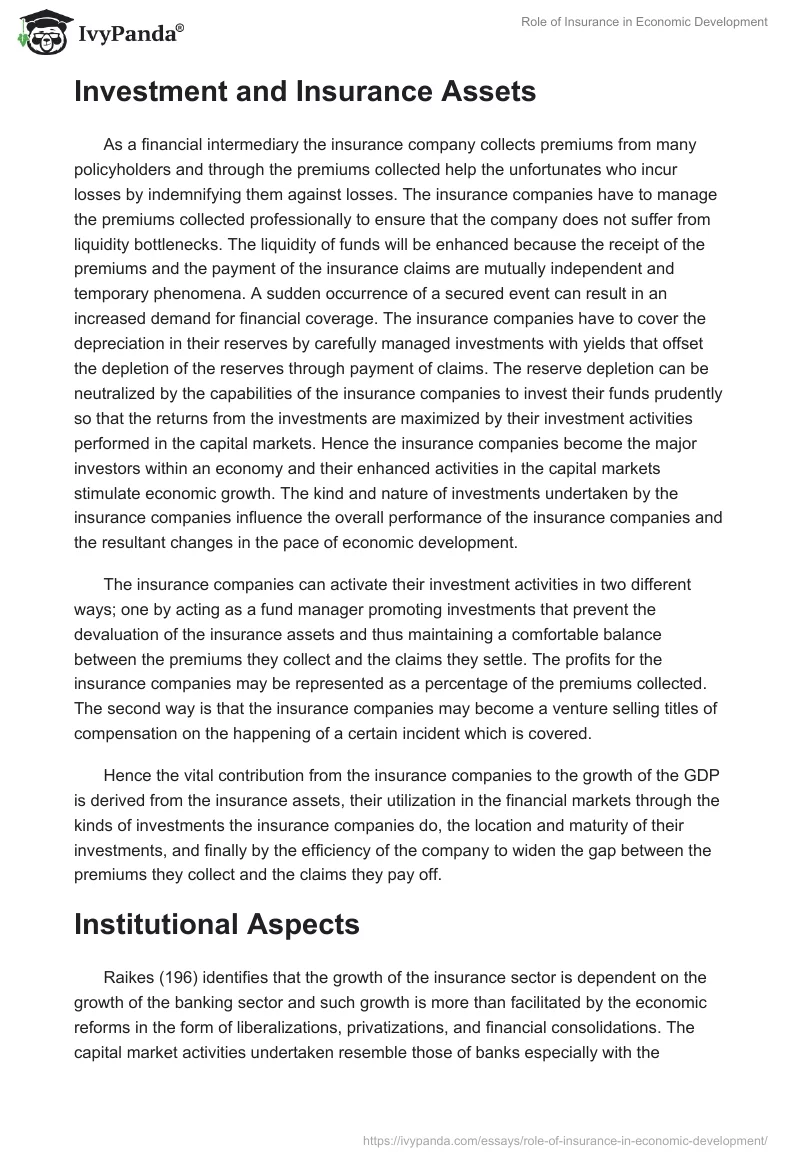The 7-Minute Rule for Pacific Prime
The 7-Minute Rule for Pacific Prime
Blog Article
4 Simple Techniques For Pacific Prime
Table of ContentsGet This Report about Pacific Prime8 Easy Facts About Pacific Prime ShownThe 8-Second Trick For Pacific PrimeThe Ultimate Guide To Pacific PrimePacific Prime - Questions

This is because the information were gathered for a period of solid economic efficiency. Of the approximated 42 million people that were uninsured, all however about 420,000 (about 1 percent) were under 65 years old, the age at which most Americans end up being eligible for Medicare; 32 million were grownups in between ages 18 and 65, about 19 percent of all adults in this age group; and 10 million were youngsters under 18 years old, concerning 13.9 percent of all youngsters (Mills, 2000).
These quotes of the variety of individuals uninsured are produced from the annual March Supplement to the Current Populace Survey (CPS), conducted by the Demographics Bureau. Unless otherwise kept in mind, nationwide estimates of individuals without health and wellness insurance policy and proportions of the population with different kinds of protection are based upon the CPS, the most commonly used source of estimates of insurance policy coverage and uninsurance prices.
Pacific Prime Things To Know Before You Buy

Still, the CPS is especially useful because it produces annual price quotes relatively promptly, reporting the previous year's insurance policy protection estimates each September, and because it is the basis for a regular set of quotes for more than twenty years, permitting for analysis of fads in insurance coverage with time. For these factors, in addition to the substantial use the CPS in various other studies of insurance coverage that are provided in this record, we depend on CPS quotes, with constraints kept in mind.

The price quote of the number of uninsured people broadens when a population's insurance coverage standing is tracked for several years. Over a three-year period beginning early in 1993, 72 million people, 29 percent of the united state populace, lacked protection for at least one month. Within a solitary year (1994 ), 53 million people experienced at the very least a month without protection (Bennefield, 1998a)
6 out of every ten without insurance adults are themselves employed. Although functioning does boost the possibility that and one's relative will certainly have insurance policy, it is not an assurance. Also members of families with two full-time wage income earners have practically a one-in-ten opportunity of being uninsured (9.1 percent without insurance rate) (Hoffman and Pohl, 2000).
The 9-Minute Rule for Pacific Prime
New immigrants account for a significant proportion of people without wellness insurance. One analysis has connected a substantial portion of the recent development in the dimension of the united state without insurance populace to immigrants that arrived in the country between 1994 and 1998 (Camarota and Edwards, 2000). Recent immigrants (those that involved the USA within the past 4 years) do have a high price of being uninsured (46 percent), but they and their kids represent just 6 percent of those without insurance policy across the country (Holahan et al., 2001).
The relationship between health and wellness insurance coverage and accessibility to care is well developed, as documented later in this chapter. The partnership in between health and wellness insurance coverage and health outcomes is neither direct neither basic, a substantial scientific and health and wellness services research literary works web links wellness insurance coverage to improved accessibility to care, much better high quality, and improved personal and populace health and wellness status.
Degrees of analysis for examining the impacts of uninsurance. It focuses particularly on those without any kind of health insurance policy for any length of time.
The 10-Minute Rule for Pacific Prime
The troubles encountered by the underinsured remain in some areas comparable to those encountered by the without insurance, although they are generally much less extreme. international travel insurance. Uninsurance and underinsurance, nevertheless, include noticeably various policy problems, and the techniques for addressing them may differ. Throughout this research and the 5 reports to comply with, the primary emphasis gets on persons without health and wellness insurance policy and thus no assistance in paying for health treatment beyond what is available through charity and safety and security internet organizations
Health and wellness insurance is a powerful factor influencing invoice of care due to the fact that both people and doctors react to the out-of-pocket rate of solutions - https://pacificpr1me.edublogs.org/2024/04/02/pacific-prime-your-one-stop-shop-for-insurance-solutions/. Health and wellness insurance policy, nevertheless, is neither needed neither adequate to acquire access to medical services. The independent and straight effect of health insurance policy protection on accessibility to health and wellness services is well established.
Others will get the wellness care they require even without wellness insurance coverage, by paying for it out of pocket or seeking it from service providers that use treatment complimentary or at highly subsidized prices. For still others, medical insurance alone does not guarantee invoice of care as a result of other nonfinancial obstacles, such as a lack of health and wellness treatment suppliers in their community, restricted accessibility to transportation, illiteracy, or etymological and cultural differences.
The Ultimate Guide To Pacific Prime
Formal research study concerning uninsured populaces in the USA dates to the late 1920s and very early 1930s when the Committee on the Expense of Treatment generated a series of reports concerning funding doctor workplace visits and hospital stays. This concern became prominent as the varieties of clinically indigent climbed during the Great over here Anxiety.
Report this page